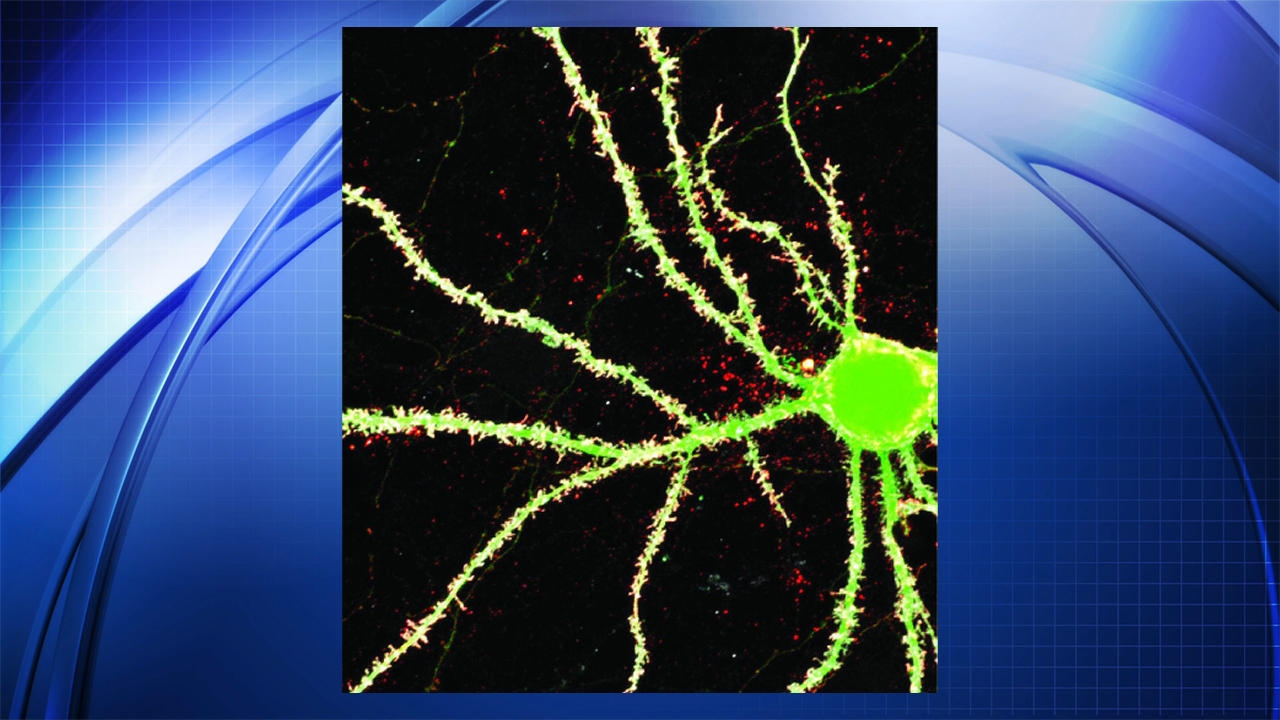National Institutes of Health scientists found that a single amino acid change has been linked to autism symptoms.
The study offers clues as to why autism spectrum disorder is more common in boys than in girls.
Researchers compared two NLGN4 genes which are important for establishing and maintaining synapses, the communication points between neurons.
Females have two X chromosomes while males have one X and one Y chromosome. Until now, it was assumed that the NLGN4X and NLGN4Y genes, which encode proteins that are 97% identical, functioned equally well in neurons.
The research team discovered that the proteins encoded by these genes display different functions.
The NLGN4Y protein is less able to move to the cell surface in brain cells and is therefore unable to assemble and maintain synapses, making it difficult for neurons to send signals to one another. When the researchers fixed the error in cells in a dish, they restored much of its correct function.
The team found that the problems with NLGN4Y were due to a single amino acid.
In females, when one of the NLGN4X genes has a mutation, the other one can often compensate. However, in males, diseases can occur when there is a mutation in NLGN4X because there is no compensation from NLGN4Y.
The current study suggests that if there is a mutation in NLGN4X, NLGN4Y is not able to take over, because it is a functionally different protein. If the mutations occur in regions of NLGN4X that affect the protein levels, that may result in autism-related symptoms including intellectual deficits.
“The knowledge about these proteins will help doctors treating patients with mutations in NLGN4X better understand their symptoms,” said Dr. Katherine Roche, Ph.D., a neuroscientist at NIH’s National Institute of Neurological Disorders and Stroke.

















